The Rocky Mountain Trench is rich in ecological diversity. It is the low-elevation grassland and open forest ecosystems that support the greatest biological diversity and the greatest concentration of forage use, and human settlement and development. Maintaining a healthy grassland ecosystem in the Rocky Mountain Trench is important, but challenging.
In 2008, the Board published the complaint investigation report Wildlife and Cattle Grazing in the East Kootenay. The report addressed concerns that: forest in-growth on grasslands had caused forage supply to decline; elk and deer numbers had been allowed to increase causing forage to be overgrazed; and individual ranchers had to reduce the number and duration of cattle grazing on Crown lands. The report recommended that the Ministry of Forests and Range and the Ministry of Environment direct reductions of forage use to achieve a positive and continuing trend in grassland ecosystem condition.
Government responded in March 2011 and outlined actions they had taken to address the recommendations from the 2008 report. This report examines progress by government to implement those actions.
As part of the Forest Practices Board's 2014 compliance audit program, the Board randomly selected the Selkirk District as the location for a full scope compliance audit. Within the district, the Board selected occupant licence to cut (OLTC)1 L49318, held by RMR Acquisitions Inc. (RMR).
Established in 1912, Red Mountain Ski Resort is western Canada’s original ski resort. In 2007, the resort was incorporated into the Red Mountain CRA to recognize that any land use decision that may be made in relation to the CRA is for long term all season resort development purposes.
Over the past two years, approximately 52 000 cubic metres of timber was harvested from the OLTC as part of a ski hill expansion plan. Harvesting focused mainly on ski hill design objectives, but also addressed forest health and watershed interests.
In June 2012, the Board received a complaint about Kalesnikoff Lumber Co. Ltd.’s (the licensee) planned road building and harvesting for cutting permit 40 (three cutblocks) in the Duhamel Creek community watershed. The complainant was concerned that harvesting and road building would increase the risk of flooding and debris flows, which could potentially damage property, reduce water quality and endanger the lives of residents of the Duhamel Creek alluvial fan.
Duhamel Creek frequently experiences natural disturbances. The presence and influence of historical landslides and other erosion events are evident throughout the length of Duhamel Creek. The valley sidewalls and streambeds have been eroded over time by events like avalanches, landslides and debris slides. Some of the eroded material was transported downstream, particularly in extreme run-off events, where it settled and created the Duhamel alluvial fan.
The Board conducted a limited scope compliance audit of BC Hydro’s OLTCs L48655, L48700, L48750 and L48751, in which all fire protection activities carried out between January 1, 2011, and June 5, 2013, were included. These activities and associated planning were assessed for compliance with the Wildfire Act and related regulations.
